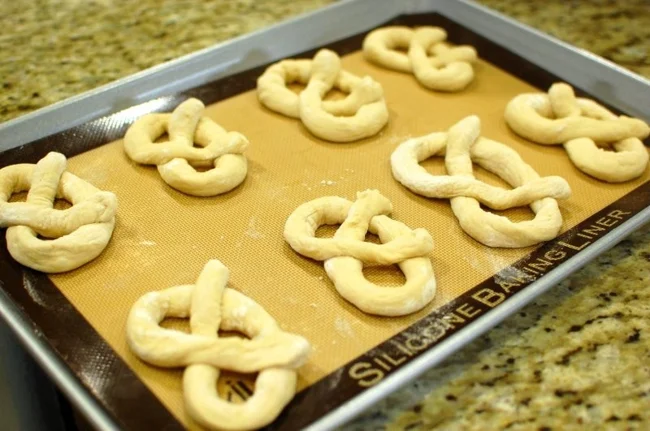Why and for what: a few stories about common everyday things (12 photos)
We are already accustomed to many everyday things, but sometimes, looking at them, the question still arises: why do they look this way? Perhaps you will learn a little more about some of them. 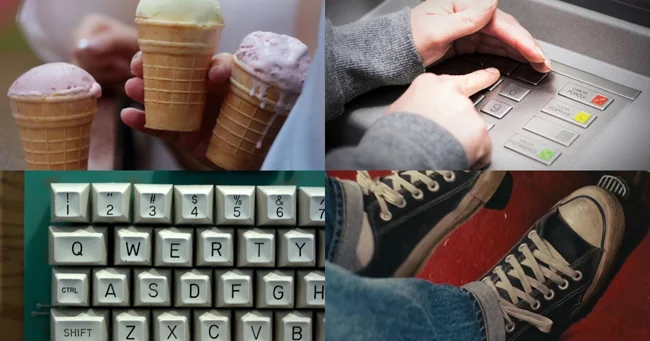
Today in the store you can find many things with peculiar “patches” on the elbows. True, they have no practical purpose after the 50s of the last century. But in general, this “fashion” was taken from the military, who had to crawl a lot. To prevent the fabric from fraying, an additional layer of fabric was sewn onto the uniform. 
Later, this feature was borrowed by hunters, who often had to shoot from a point-blank range, and then American students decided to use this “patch” for beauty. 
In general, today, for the sake of beauty, they also make rubber noses on sneakers, which were originally considered shoes for basketball players. It was for them that the nose was made of hard rubber (not the same as now), since there was a risk that their toes would be crushed during the game. 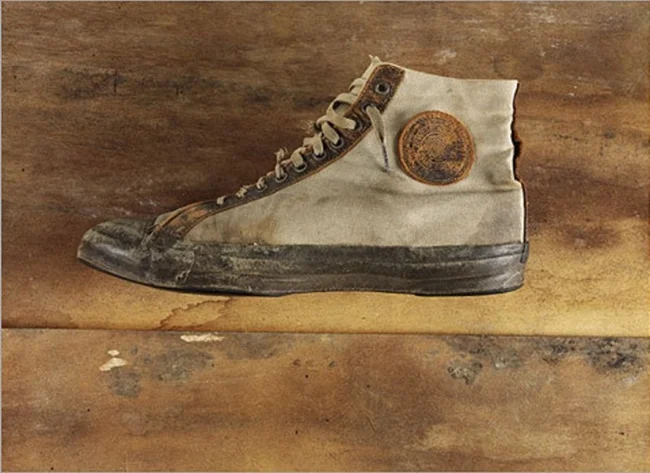
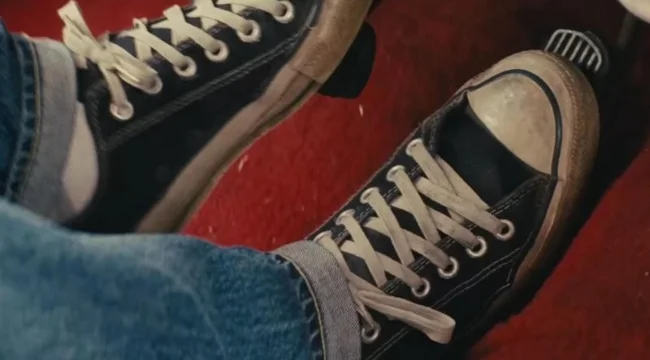
The answer to the question why the PIN code consists of 4 digits is predictable. In 1996, it was invented by Scotsman James Goodfellow. True, it initially consisted of 6 digits. Their number had to be reduced due to complaints from the wife that such a code was problematic to remember. 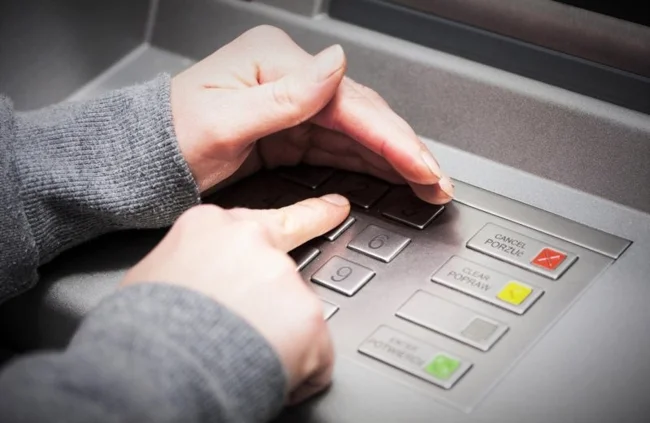
Today it is no surprise that ice cream is sold in waffle cones and cones, although in the late 19th century it was served in reusable glass glasses and called “penny licks.” But it was dangerous to lick, because these same glasses were not always rinsed properly. 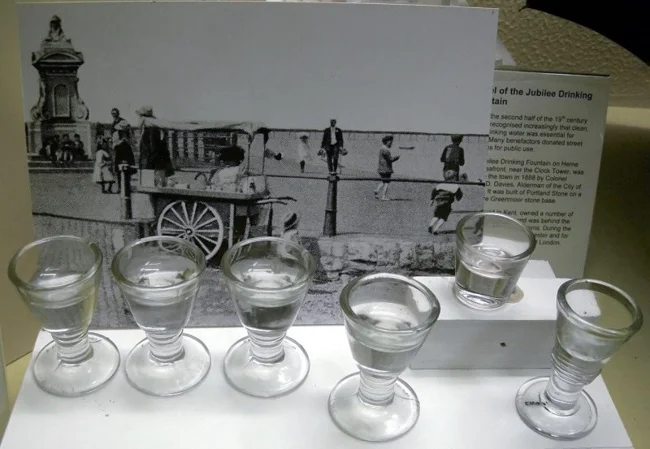
The solution to this problem appeared in the summer of 1904, when there was too long a line at the ice cream maker. There were not enough glass glasses, but the waffle seller was completely quiet. The latter rolled his product into a cone and offered to put ice cream in it. The result pleased everyone, but especially the doctors, since tuberculosis was rampant because of the “lick for a penny.” 
Surely there are those who have at least once wondered why the letters on the keyboard are arranged in the so-called QWERTY layout. The fact is that on the first typewriters they were placed alphabetically, but the levers of the adjacent keys clung to each other. 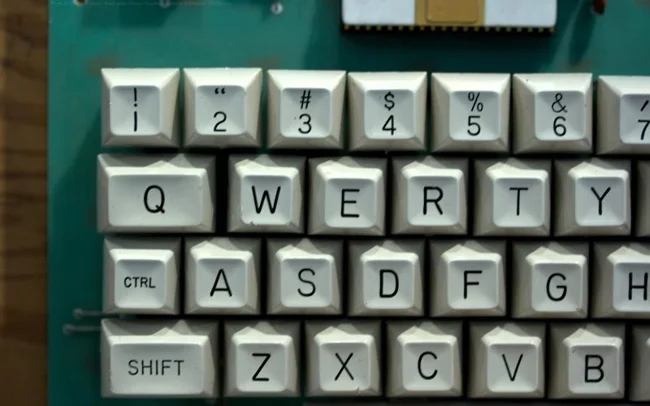
To avoid this, letters, often adjacent to words, were scattered in the manner familiar to us today. Of course, it’s difficult to call it comfortable, but only until you get used to it.
Many people have probably noticed the presence of pimples on glass containers. It turns out that they are only needed to encode the form number directly at the enterprise and identify defective bottles. 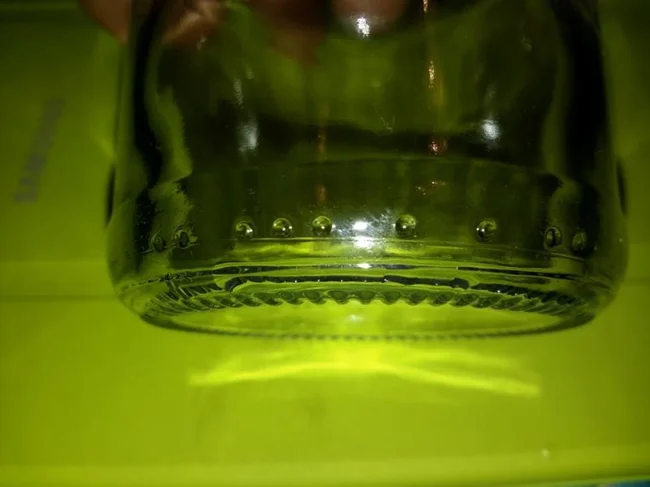
Despite the fact that today there are piggy banks of completely different shapes, the classic one is considered to be in the form of a pig. But why? In medieval England, money was kept in clay pots called pygg jars. Later, the pots disappeared, but the word remained, eventually turning into the consonant pig. So this is a rare case when the name appeared first, and only then the object itself. 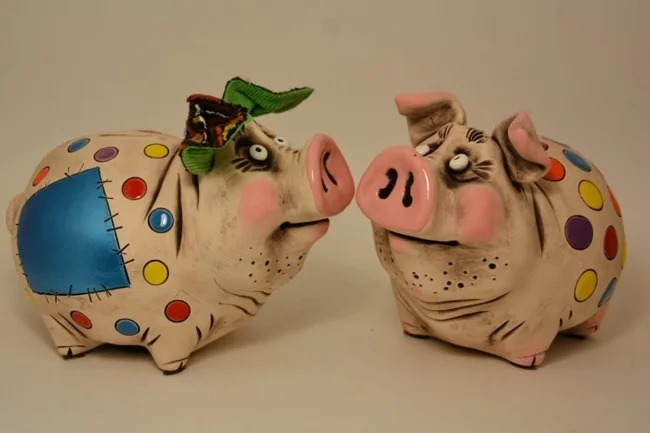
Well, let's finish with the shape of a pretzel, about the origin of which there are several versions. The most popular one refers to 7th century French monks who used food to reward children for learning prayers. That is why they made the delicacy in a shape reminiscent of a child’s hands folded in prayer. 